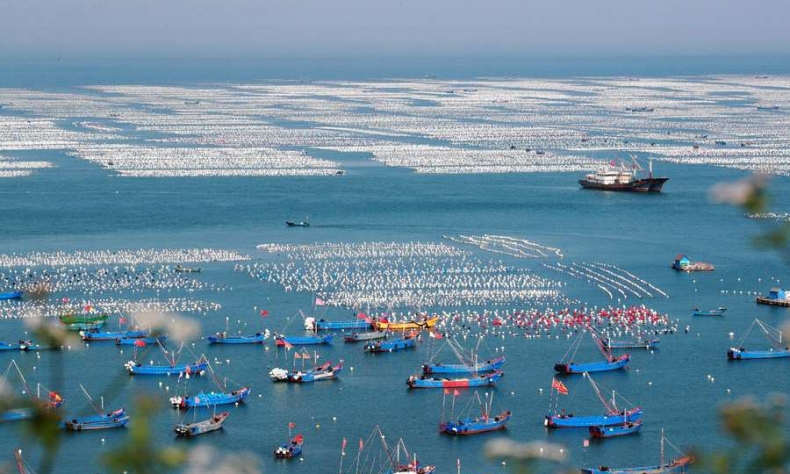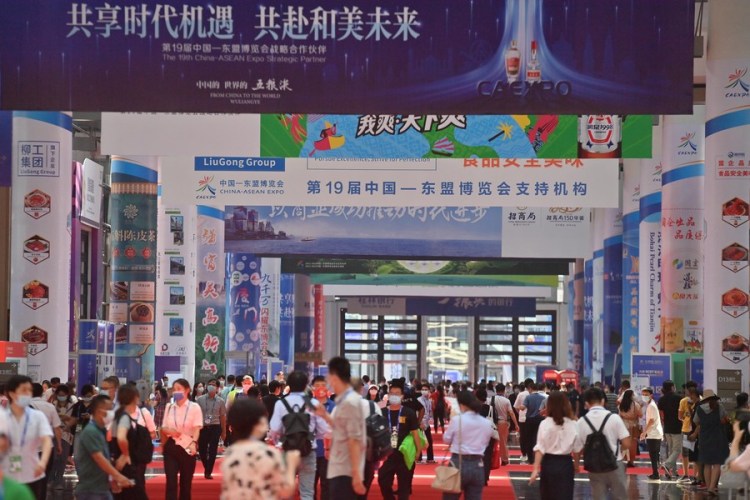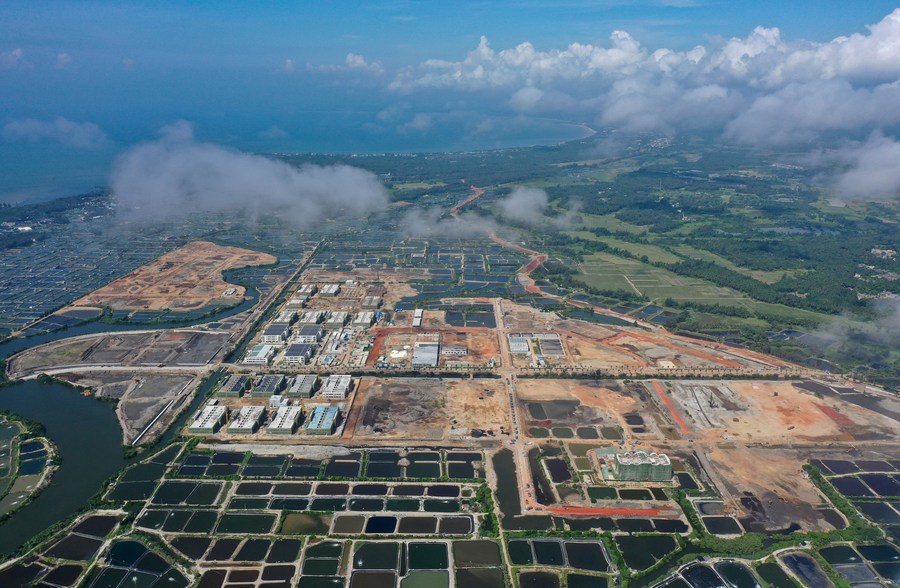Sustainable Development of Blue Economy

Enduring peace could only be nurtured and sustained after all stakeholder nations in the region stand to benefit from the dividends of joint development.
Our planet has about 70 percent of its surface area covered with water. Yet marine ecological and environmental governance is still relatively new to most countries, notably the developing Global South.
Parallel to this, the blue economy–an emerging concept that the World Bank defines as the “sustainable use of ocean resources for economic growth, improved livelihoods, and jobs while preserving the health of ocean ecosystem”—has begun to capture the attention of many economists and political actors.
The list of components has been growing from the established traditional ocean industries like fisheries, tourism, and maritime transport, to emerging sectors such as offshore renewable energy, aquaculture, seabed extractive activities, marine biotechnology and bioprospecting. Meanwhile, concerns of waste management, sustainability of ocean life and impact on climate change have been called into questions as the blue economy grows.
Under the UN Food and Agriculture Organization (FAO)’s Blue Growth Initiative, sustainable development is given due emphasis in economic, environmental and social dimensions.
In this regard, the establishment of the China-ASEAN partnership on blue economy provides a good platform for bilateral fishery cooperation. Fishing, aquatic product technology exchanges and seafood trade between China and its Southeast Asian neighbors are all set to be further strengthened.

In 2019 before the COVID-19 pandemic, the total aquatic product trade between China and ASEAN alone posted $3.649 billion, of which China imported $1.553 billion worth of aquatic products from ASEAN, and its exports to ASEAN totaled $2.096 billion. The potential looks even more promising with further capacity building and training in various aspects of fishery management, notably in marine aquaculture.
The inclusion of positive elements such as as blue economy collaboration between China and ASEAN in the protracted South China Sea code of conduct consultation is indeed timely and laudable as it helps de-escalate the antagonism stemming from the overlapping maritime sovereignty claim in the region.
The China-ASEAN multi-level fishery cooperation mechanism can further be bolstered through the conduct of the joint fishery resource survey, provision of the information sharing between the fishery governance departments, and the programmatic cooperation between scientific research institutes.
Time and again, zero–sum mentality has proven no solution to the thorny issue at hand but generous empowerment through capacity building remains a promising hope that may help break the gridlock. Networking of fishery-linked non-governmental organizations in the region is a necessary prelude to the ultimate ideal of establishing a regional marketing mechanism for the fishery industry. All these initiatives can be guided and facilitated concertedly under the multilateral framework of the FAO, the Asia-Pacific Fisheries Commission, and the Asia-Pacific Aquaculture Center.
Over the years, the technology and expertise accrued by China in the sustainable development of blue economy has rendered the nation endearing to its ASEAN neighbors which are now striving hard to make blue economy a key driver for the post-COVID economic recovery.

In this respect, Viet Nam is ambitious to set a 10-percent target for its blue economy in terms of GDP contribution by 2030. According to a study released by the Viet Nam Administration of Sea and Islands under the Ministry of Natural Resources and Environment and the United Nations Development Program, with the blue scenario applied, GDP of the country would rise to nearly $13 billion more than the baseline scenario by 2025, and $23.5 billion more by 2030.
Indeed, the space for harnessing the potential of ocean resources remains ample. This is not privy to ASEAN alone but is applicable to the entire Asia-Pacific. The statistics is self-explanatory. Value of the marine economy in the region was estimated to be $2.06 trillion in 2015, contributing only approximately 4.7 percent of the total GDP. This simply means there’s still ample room to further develop the blue economy sustainably in Asia-Pacific.
ASEAN, being the integral part of Asia Pacific, is well poised to further elevate the percent of GDP contribution by the blue economy. This is made possible by the implementation of the ASEAN Leaders’ Declaration on the Blue Economy in 2021, under which all its member states are committed to promoting and advancing the blue economy in their respective countries.
Nonetheless, what matters most to China and its comprehensive strategic partner ASEAN at this juncture is the crucial inaugural move in exploring cooperation in such areas as marine environmental protection; concerted curbing on illegal, unreported, and unregulated fishing; marine and coastal ecosystems protection; sustainable aquaculture and fishing practices; biotechnology; marine industrial development; marine pollution; food security and coastal tourism across the troubled waters of South China Sea. After all, enduring peace could only be nurtured and sustained after all stakeholder nations in the region stand to benefit from the dividends of joint development.
The author is chairman of the Center for New Inclusive Asia, Malaysia.
 Facebook
Facebook
 Twitter
Twitter
 Linkedin
Linkedin
 Google +
Google +










